By Joan K. Peters
Psychoanalytic therapy (which differs from cognitive therapy) gave me the tools to understand why worry clung to me so tightly — and how to ease its grip.
Psychoanalysis is a form of trauma-informed therapy that explores how unconscious patterns, often rooted in childhood experiences or unresolved trauma, shape our thoughts, emotions, and behaviors.

It helps address chronic worrying, high-functioning anxiety, and emotional overwhelm at the source—uncovering buried memories and emotional patterns so they can be understood, processed, and released over time.
Sometimes, my brain is sizzling with worries (chronic anxiety) — the everyday kind, nothing big or catastrophic.
One day, it might be the fear that I have far too much on my to-do list to do it all, with an insistent image of myself buried under a mountain of pages to be written and Post-it reminders.
Another day, I might obsess that I haven’t heard back from a dear friend for too long and have been forgotten.
No matter how aware I am that these overblown preoccupations are more mood than reality, they can still colonize my mind.
Why my mind does that is what I learned about in psychoanalysis. Why I went in the first place is because such worrying led to only one place: down.
Using Psychoanalytic Therapy to Understand the Deeper Roots of Excessive Worry
The problem, as I came to understand it, is that when worries reach down to some deep, seemingly inescapable place inside, they can make you feel haunted.
Actually, you are haunted by fear, shame, or a vulnerability formed in childhood and so embedded that it flames up when there’s a disappointment or a challenge.
Triggering may be common, but sometimes when the roots of the issue are hidden and tangled, it can take a deeper kind of therapy to find them.
It did for me, but it also gave me strategies for coping with those tenacious worries that I’ve come to depend on.
When worries feel excessive or overwhelming, it may be worth looking past their immediate causes to search for their origin in childhood.
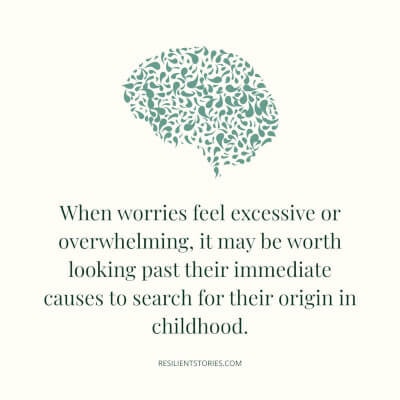
Psychoanalytic Therapy and Uncovering the Childhood Source of Fear
When my husband goes away for business, it’s perfectly alright with me.
In fact, I like to be alone. I can get so much done.
I can move at my rhythm, dine on a veggie frittata that my husband would never eat, and watch that movie he doesn’t want to see.
However, underneath those delightful possibilities, I’m somehow shaken by his impending absence.
I get nervous about getting through ordinary time without him at my side, without the comforting insulation of his presence, and without the sense of security that fills me at the sight of him.
Before psychoanalysis, it would have been too humiliating to admit to myself that I felt this dependent.
I would simply have forged ahead with my unacknowledged fear darkening the horizon, my courage and creativity sometimes failing me.
Occasionally, I’d end up falling through some crevasse in my life into the abyss of depression.
However, with analysis, I was able to decipher the forces at play driving me to extreme reactions and unreasonable sensitivities.
What Psychoanalytic Therapy Revealed About My Excessive Worry
I discovered that my fear about my husband’s departure stemmed from my childhood, and the very early experience of facing day after day alone.
Or with some indifferent (or passed out drunk) babysitter when I was far too young to manage on my own.

My father died shortly after I turned two, and my 26-year-old mother was suddenly gone for long hours at work to support us.
Given my father’s disappearance and my mother’s long absences, I apparently just withdrew into my unnamable and incomprehensible terrors.
You might ask yourself if you can remember feeling that anxious or fearful as a child.
Now I understand all this and even marvel at how the psyche — my psyche — held fast to this moment of my life.
I can see why it sent me those haunting reminders until finally I paid attention to that hidden part of myself.
Now it makes sense to me that I arranged to ignore that fearful, dependent child in favor of the brazen and resolute one, better suited to survival.
If you can identify the origin of your feelings, can you stay with that memory, exploring all the emotions you felt as a child facing something difficult, unknown, or frightening.
Treating Anxiety: Compassion Through Clarity, Not Cure
What a relief to understand why I felt as I did.
It illuminated my inner world; it inspired compassion for myself and others, including my traumatized mother. It brought me a sense of coherence.
But what it didn’t do was make those hauntings vanish.
I was indignant that they didn’t until I accepted that childhood trauma can be so ingrained in the brain and body, it will remain there.
Even if you understand that you came by your fears honestly, they can continue to haunt you, as Bessel van der Kolk describes in his book, The Body Keeps the Score.
With careful attention, though, they don’t have nearly the power they once had.
They no longer drive you to distraction or depression.
If you do come to understand your persistent worries or fears better, it’s easier to shake loose from them by doing whatever helps to clear your head.
Hiking towards wholeness: Clearing the Mind and Maintaining Balance
For me, post-analysis, the simple miracle of clearing my head is enough to loosen the grip of the fears and needs that might otherwise dishearten me.
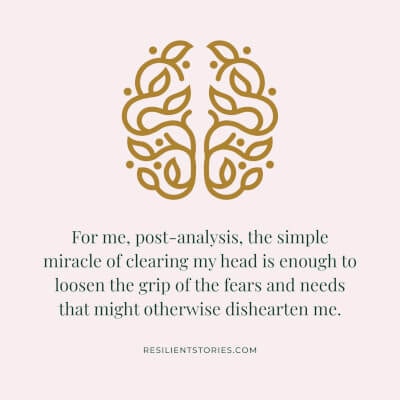
Hiking is how I do it. I take my dog, my pack, and my poles and go.
No matter how jangled, overwhelmed, and fragmented I feel as I begin my ascent on a trail, I know I will come back down feeling whole.
Whatever had overwhelmed me feels manageable.
Between the effort of breath and body and the perspective shift with a panoramic view of sky, valley, and distant lakes, my cranial overcrowding is gone.
If there’s no convenient mountain or the time to hike it, a quick walk around the block, a jog, putting on some music, and dancing might work.
However I do it, clearing my head means I can face what I have to face, knowing that life will unfold as it does; maybe not the way I wanted, but with my full immersion and pretty reliable abilities.
Freedom Begins With Naming Your Fear and Addressing Chronic Worry
It’s not that these strategies put an end to the haunting of those tangled worries.
They do suggest ways to find their origin, find that initial fear or anxiety, and stay present in that memory.
Then you can unlock yourself from those old feelings and clear your mind.
Once you find what dark memories might be at play for you, you can take away their power to haunt you.
If you find yourself struggling with persistent anxious thoughts, chronic worrying, or symptoms of high-functioning anxiety, know that you’re not alone, and you don’t have to face it without support.
Psychoanalytic therapy helped me explore the underlying emotional patterns that kept me stuck in a loop of self-doubt and overthinking.
For others, working with a trauma-informed therapist or mental health professional can open similar doors.
Whether your anxiety stems from unresolved trauma, emotional overwhelm, or complex PTSD, healing is possible.
Therapy can be a powerful first step toward emotional regulation, deeper self-understanding, and—most importantly—lasting relief.

Joan K. Peters was born in New York City, educated in Chicago, and holds a PhD in comparative literature from the University of Chicago. She’s published several books about women and work, and teaches English at California State University (Channel Islands). She lives in Ojai with her husband, daughter, dog, and chickens. Her new book is Untangling: A Memoir of Psychoanalysis.

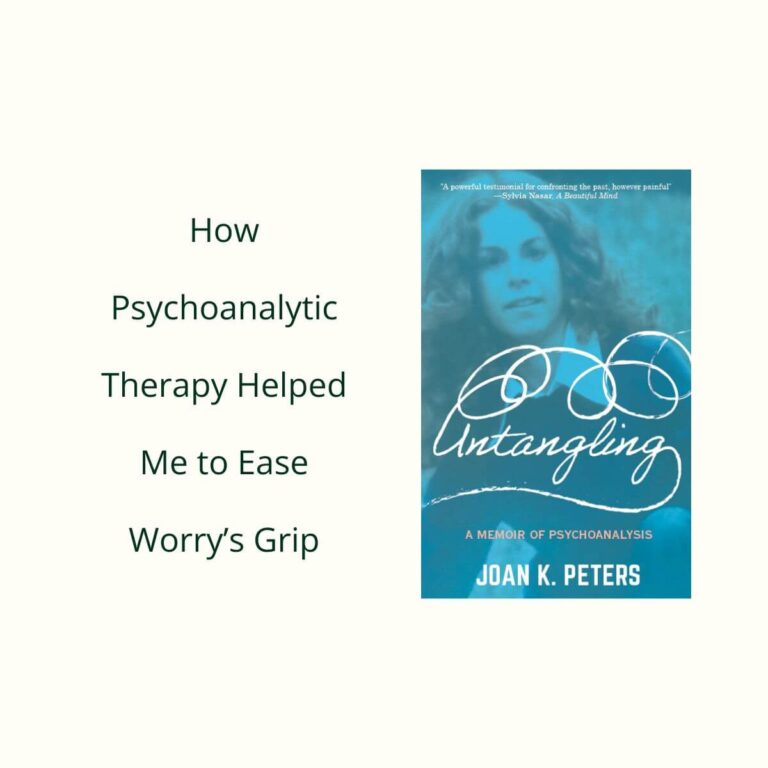
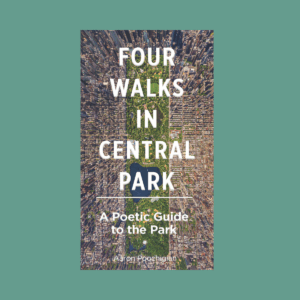
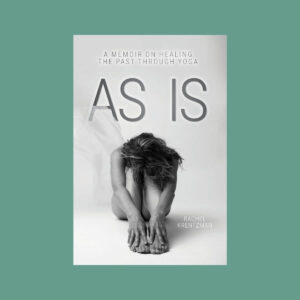

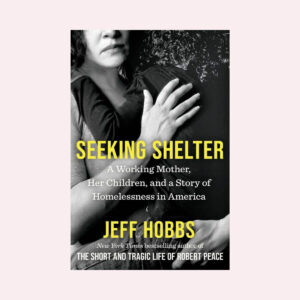
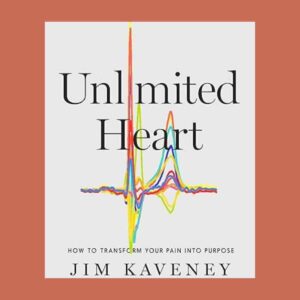
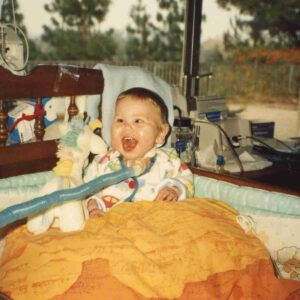








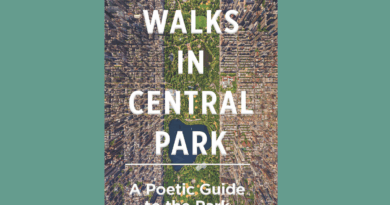











0 Comments